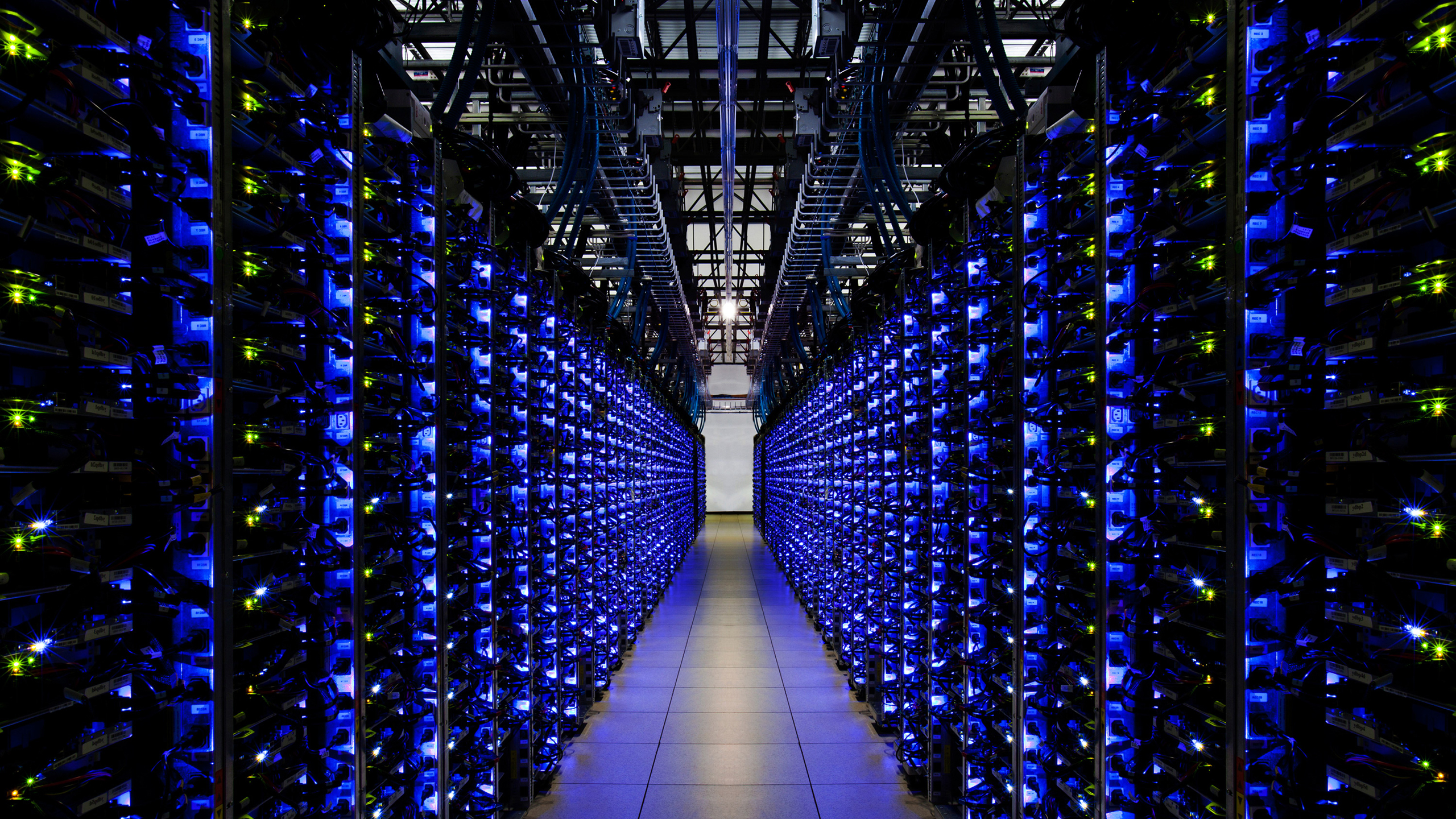- Joined
- Dec 6, 2015
- Messages
- 11,772
- Reaction score
- 7,644
- Gender
- Undisclosed
- Political Leaning
- Undisclosed

China built hundreds of AI data centers to catch the AI boom. Now many stand unused.
The country poured billions into AI infrastructure, but the data center gold rush is unraveling as speculative investments collide with weak demand and DeepSeek shifts AI trends.
A year or so ago, Xiao Li was seeing floods of Nvidia chip deals on WeChat. A real estate contractor turned data center project manager, he had pivoted to AI infrastructure in 2023, drawn by the promise of China’s AI craze.
At that time, traders in his circle bragged about securing shipments of high-performing Nvidia GPUs that were subject to US export restrictions. Many were smuggled through overseas channels to Shenzhen. At the height of the demand, a single Nvidia H100 chip, a kind that is essential to training AI models, could sell for up to 200,000 yuan ($28,000) on the black market.
Now, his WeChat feed and industry group chats tell a different story. Traders are more discreet in their dealings, and prices have come back down to earth. Meanwhile, two data center projects Li is familiar with are struggling to secure further funding from investors who anticipate poor returns, forcing project leads to sell off surplus GPUs. “It seems like everyone is selling, but few are buying,” he says.
Just months ago, a boom in data center construction was at its height, fueled by both government and private investors. However, many newly built facilities are now sitting empty. According to people on the ground who spoke to MIT Technology Review—including contractors, an executive at a GPU server company, and project managers—most of the companies running these data centers are struggling to stay afloat. The local Chinese outlets Jiazi Guangnian and 36Kr report that up to 80% of China’s newly built computing resources remain unused.
Tech reporting/analysis website mainstay Tom's Hardware is even less optimistic:

China's AI data center boom goes bust: Rush leaves billions of dollars in idle infrastructure
Tens of billions invested, billions lost.
Triggered by the rise of generative AI applications, China rapidly expanded its AI infrastructure in 2023 – 2024 and built hundreds of new data centers using both state and private funding. But this boom has since lost momentum. Facilities that cost billions of dollars now sit underused, returns are falling, and the market for GPU rentals has collapsed. To make the matters worse, many data centers became outdated before they were even fully operational as market conditions have changed, according to MIT Technology Review.
Personally I find none of this surprising in light of the fundamental unprofitability of the overwhelming majority of AI enterprises (which bleed if not hemorrhage money), both now and in the foreseeable future and the sheer impossibility of many data center build projections which would demand implausible if not outright impossible expansions of energy infrastructure. While Deep Seek has certainly hurt the case for hardware and data centers (ironically this has also done substantial damage to Chinese business interests as mentioned in the above article), this decline in interest was already ongoing prior to its advent as investor interest gradually (and understandably) began to cool with regards to AI. This state of affairs should be heeded with concern not just in China, but domestically as well as the AI bubble appears poised to deflate; one that Wall Street has invested heavily in.
